08 Nov Colours of Bolivia
Colours of Bolivia – White, Red, Pink and Green
Alex Burridge- Managing Director South America Travel Centre
Compared to other South American countries, not too many people visit Bolivia – but those who do are in for many surprises. As long as you take it slowly and accept that in some places accommodation is simple and the roads are like those in outback Australia, then I’m sure you will be impressed. I was fortunate enough to visit the south of Bolivia on a journey that took me through four countries (Argentina, Brazil, Bolivia and, finally, Chile).
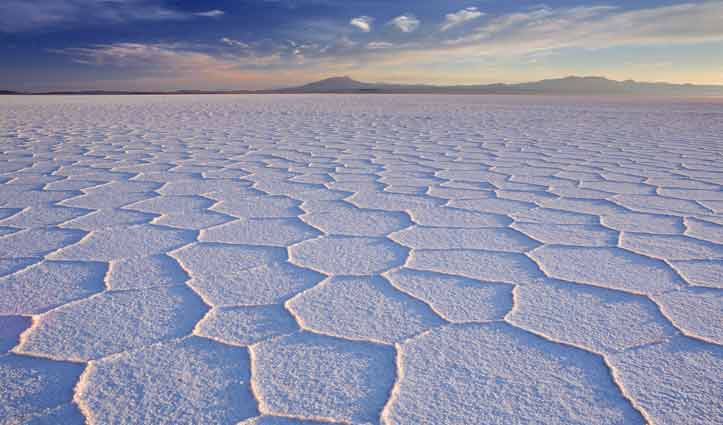
Salar de Uyuni
The landscapes of southern Bolivia are stunning and quite extreme in their variety, the people are friendly and the infrastructure is improving. It may seem strange to say that, of the four countries visited, for me Bolivia ranked # 1.
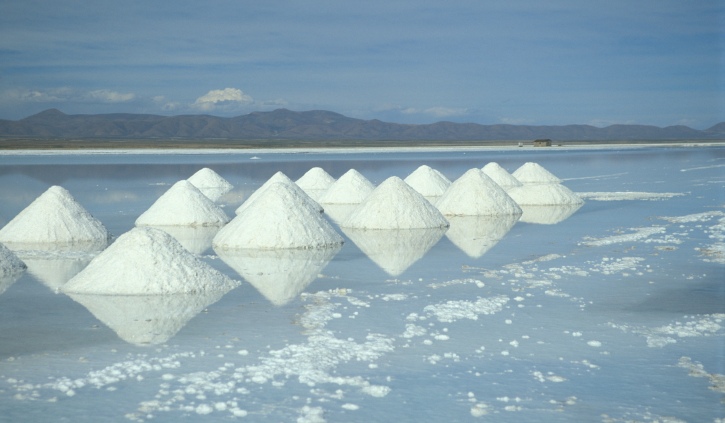
Salar de Uyuni
White
Bolivia’s most well-known attraction is the Salar de Uyuni (Salt Flats of Uyuni), a 10,000km2 dazzling white landscape. The salt flats are formed by the evaporative process of meltwaters from the surrounding volcanic peaks that trickle into what is effectively a large ‘inland sea’. Over many thousands of years a crust of salt has formed that is thick enough to drive on (2-10 metres). Up to 200m of water lie beneath the salt crust as well as the world’s largest deposits of lithium. There is little local rainfall to weaken the crust, although when it does rain (Nov to Feb) the mirages created by water-covered salt flats are like a surreal scene from a Salvador Dali painting.
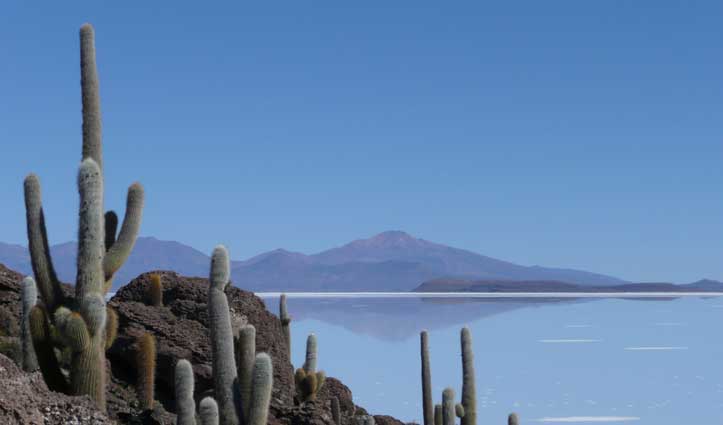
Salar de Uyuni
Red, Pink & Green
Leaving the salt flats behind, the road climbs higher or a short stretch to over 5,000m – and the scenery is very powerful, erupting geysers and bubbling mud pools confirming that we’re travelling through a volcanic hotspot.
We enter Eduardo Abaroa National Reserve (REA) to find vicunas, rheas, Andean foxes and three species of pink flamingos. Laguna Colorada (Red Lagoon) is home to James, Andean and Chilean flamingo species.
But the real stars are the ever-changing colour of the lagoon and the perfectly conical volcanoes that form its backdrop. Arriving early while all is still, the volcanoes are flawlessly reflected in the calm ruddy-hued waters – it’s only once the wind picks up, cold and blowing hard, that a deeper red shows through as mineral sediments and algal pigmentation are stirred up.
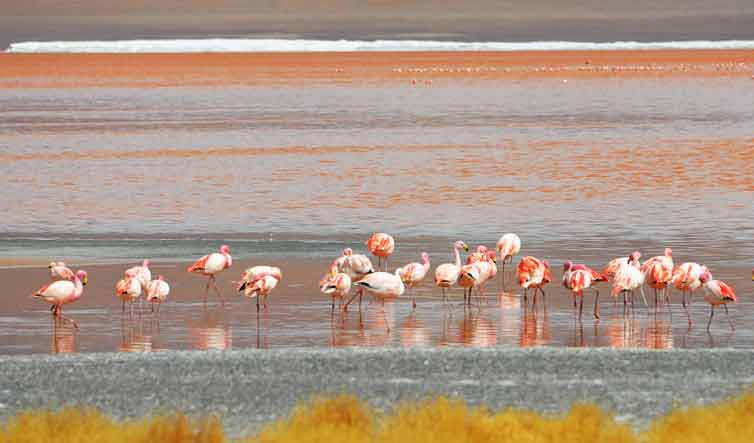
Andean and James Flamingos
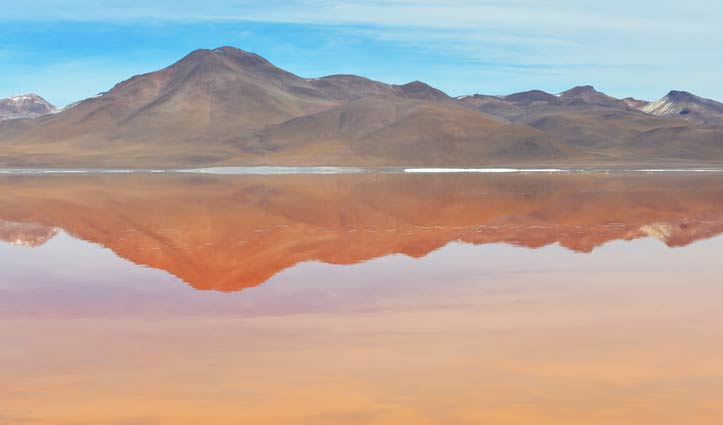
Red Lagoon – Laguna Colorada
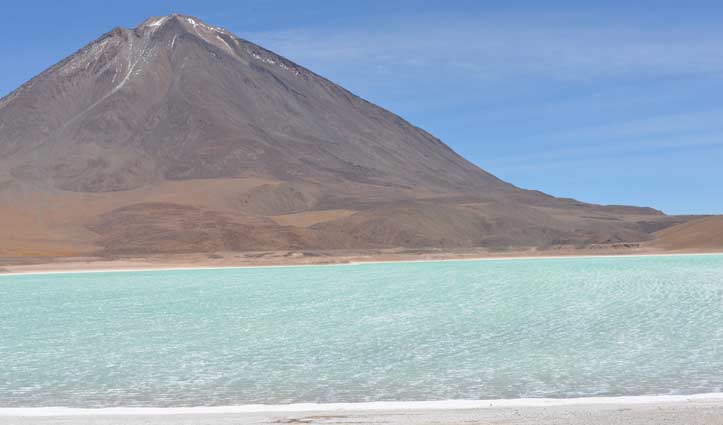
Green Lagoon – Laguna Verde
A short drive brings us to Laguna Verde (Green Lagoon) at the foot of Licancabur (5,900m), another picture-perfect volcano – the Guinness World Record for the highest scuba dive was achieved in the lake in its crater. For those with time, acclimatisation and fitness, it’s possible to arrange a climb to the summit. From Laguna Verde it’s only a 10-minute drive to the Bolivia/Chile border and the town of San Pedro de Atacama lies less than an hour further on.
Travelling in the south of Bolivia is not for everyone – the altitude (the salt flats are over 3000m above sea level and our journey took us to over 5000m) and the more simple accommodation (albeit the best available) need to be considered – but for me, my wife and two children, aged 9 and 12 at the time, it was the highlight of our trip. A robust 4WD vehicle and excellent guides are essential, both of which we had.

